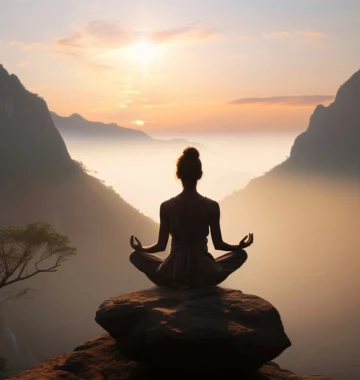
Yoga evolved on the Indian continent over a period of more than 5000 years ago. It has its roots in Hinduism, Brahminism and in the saints who were living in jungles ok on the mountains doing their practice of austerities, developing Yoga. Our contemporary-Western approach to Yoga has little to do with any particular belief or religion. However, it can be said that our contemporary-Western approach to Yoga is only a very small portion of what Yoga is all about. Yoga Centers around the world don’t teach Real Yoga but modified Yoga and this book talks about Real Yoga in which the author has learned in India and has practiced himself.
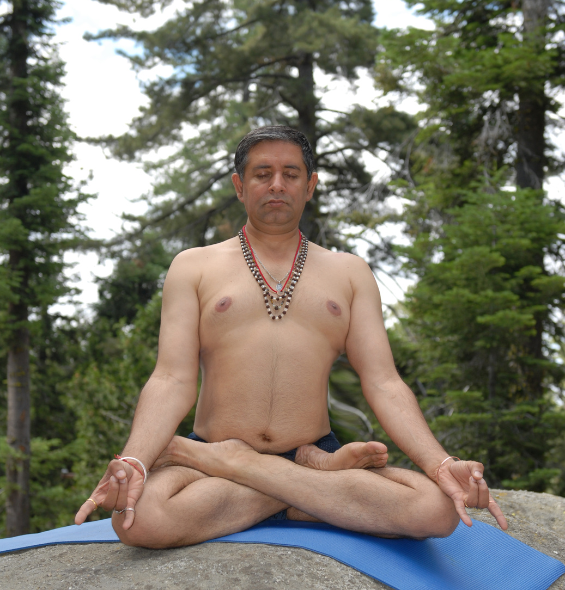
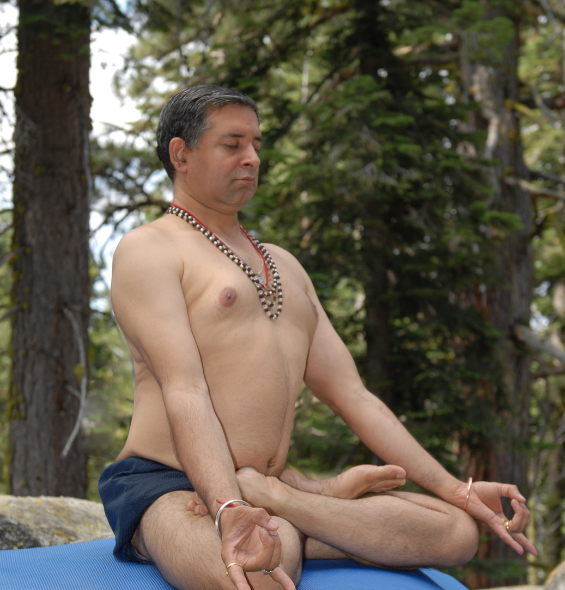
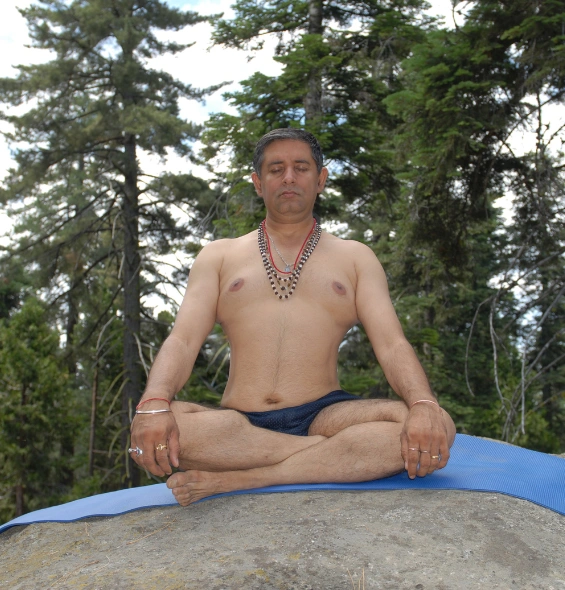
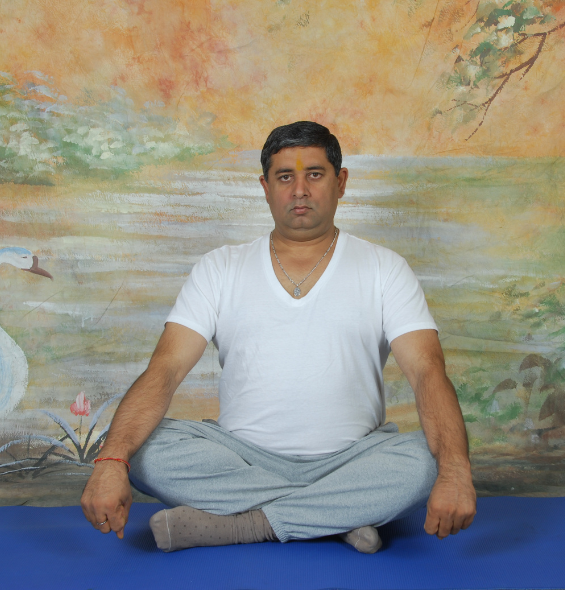

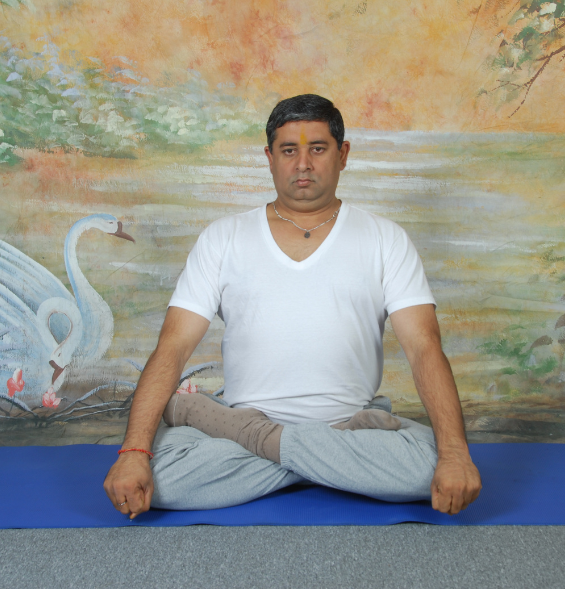


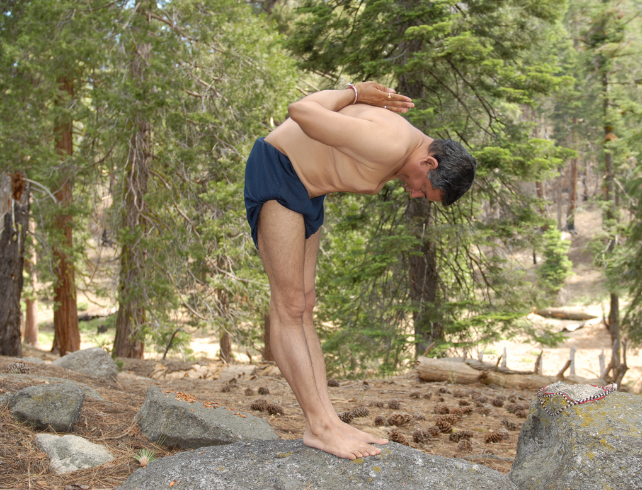
Even if we eat the most nourishing food, it still has to be digested and assimilated properly and the toxins have to be eliminated efficiently. As we get older, the digestive system functions with gradually-reduced efficiency. The asanas help with an improved blood and nerve supply to the digestive and eliminative system, which in time will get them functioning at their peak efficiency. The stomach lift massages the digestive organs, as well as contracting and stretching them.
The stretching of the joints in asanas causes the secretion of a lubricant called synovial fluid. This is released into the joints and keeps them supple, as well as removing waste products. The result is to reduce stiffness, which will prevent arthritis or improve it if you already have the condition.


Stretching of the skin during the asanas causes stimulation of the skin cells. This results in firmer, healthier skin which helps reduce sagging and wrinkling.
Yoga recharges the body, releasing blocked energy and reducing fatigue, leaving you more energized.
A few poses improve blood flow, lessen pain, and improve overall body functioning—support a stronger immune system.
By integrating mind, body, and spirit, yoga fosters a balanced life and promotes long-term health.
Breathing & meditatio practices in yoga help reduce stress, enhance mental focus and promote relaxation.
Regular yoga practice can improve sleep quality by calming the nervous system and reducing insomnia.
Yoga nurtures emotional well-being by encouraging mindfulness, self-reflection, & a deeper connection with inner peace.
There are certain medical conditions which make it inadvisable to do the inverted postures (headstand, shoulder stand and reverse posture). High blood pressure, dizziness and serious eye problems may persist if you incorrectly do these exercises. If you have any doubts or questions, see your doctor before you start the asanas.
Make sure you have good ventilation in the room where you exercise. Use a thick rug or about an inch thick firm foam. Do not practice Yoga on the bed since it is too soft or on the floor without some padding because it is too hard.
Wear loose clothing since tight clothes will restrict the circulation to some areas of the body. This would defeat one of the purposes of the asanas, which is to increase your blood circulation to various parts of your body.
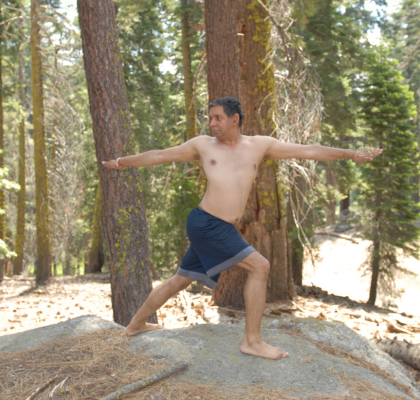


“This book is my go-to yoga companion. The detailed instructions and mindfulness tips have made my practice more meaningful!”
“As a beginner, I felt overwhelmed with yoga, but this book helped me build confidence step by step. Now, I can’t imagine my day without it!”
“A must-have for any yoga lover! The poses, the philosophy, the breathing exercises—everything is beautifully explained.”
Learn everything from foundational poses to advanced sequences. Incorporating mindfulness techniques for everyday life.